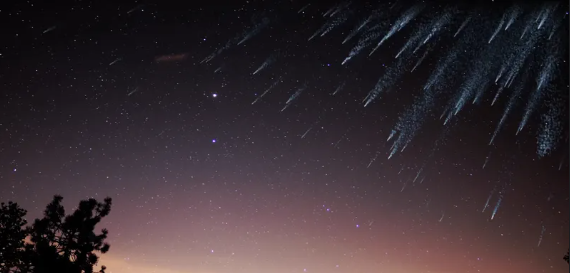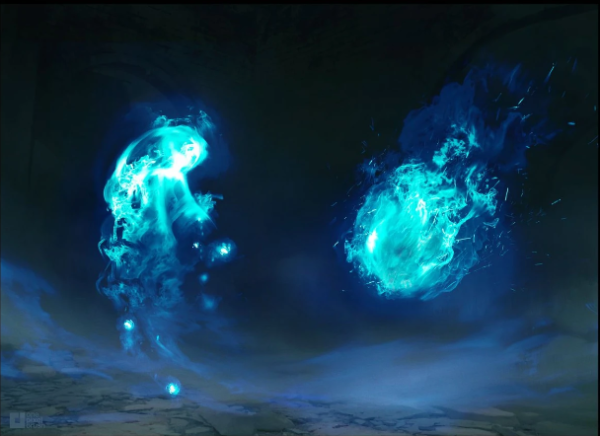Space Scope #2: Meteors, Meteorites, and Asteroids

March 1, 2023
With the recent Ursids meteor shower back in December, talk about meteors has been buzzing all over the news. Or is it meteorites? No, wait, it’s asteroids. These three words have often been used interchangeably with each other when in reality, they’re three different concepts. In the second episode of Space Scope, let’s find out about the differences between asteroids, meteors, and meteorites!
Asteroids
Before we can talk about Meteorites, Meteors, and Meteoroids, we need to talk about asteroids. When our solar system began 4.6 million years ago, most of the condensing dust that became planets never got to become proper planets. Instead, they became chunks of rock that now float around in space. These are called asteroids. Asteroids are jagged, irregular, and chunks of rock filled with various metals like nickel. Most of the asteroids in our solar system can be found in the asteroid belt between Mars and Jupiter. However, they also orbit the other planets in our solar system. Their sizes range from hundreds of meters in diameter to specks of dust.
The Three Stages of a Meteoroid
But what about the huge rocks that hit our planets? Those are meteors, right? Wrong. They start as meteoroids. Meteoroids are either small asteroids or specks of dust. Most meteoroids start from larger asteroids that get broken apart by colliding with other asteroids. However, the term meteoroid only applies when they’re in space. When meteoroids enter a planet’s atmosphere, it burns up and becomes a meteor. This is also what many people affectionately call “shooting stars”. Finally, when a meteor survives its round trip and lands on the planet’s surface, that’s when it finally becomes a meteorite.
Other Misused Terms
There are other terms for space rocks that are often misused. One of the most common is the word ‘comet’. While a comet may have a similar appearance to a meteor burning up through the atmosphere, they’re very different in structure. Comets are large objects mostly comprised of dust and ice. They are confused with meteors because their long, streaking tails look similar to a meteor. But they are quite different than meteors and aren’t even in the same classification. A less common term, however, is the word ‘fireball’. This one is also related to the meteor stage, where people assume that meteors falling are balls of fire passing through Earth. However, these actually are meteors. It’s just a term used to describe it, and not a separate type of asteroid.
How to Safely Enjoy Meteor Showers
Meteor showers occur when multiple meteoroids hit Earth in relative succession. But why? Well, comets, like the planets themselves, all orbit the sun. When comets fly near Earth, some of their icy contents boil and fall off. This is what we call meteor showers. Amazingly, though, scientists are able to forecast this similar to the weather. The next one will be April 15- 29, 2023. But how can you enjoy them safely? Well, as long as you stand a good distance away from the meteor shower itself, you don’t need any special telescope to view it. Just sit back and enjoy the “fireworks!”
Now, when you hear about recent meteoric activity, you’ll know which classification to use and wow your peers. Stay tuned for the next episode of Space Scope!
Works Cited
NASA. “Meteors and Meteorites.” spaceplacenasa.gov, 15 December 2022,
In Depth | Meteors & Meteorites – NASA Solar System Exploration
NASA. “What is an Asteroid?” spaceplacenasa.gov. 26 August 2022,
What Is an Asteroid? | NASA Space Place – NASA Science for Kids
NASA. “What is a Comet?“ spaceplacenasa.gov. 20 December 2021
What Is a Comet? | NASA Space Place – NASA Science for Kids
NASA. “What is a Meteor Shower?” spaceplacenasa.gov. 25 July 2020
Accessed 17 January 2023.














